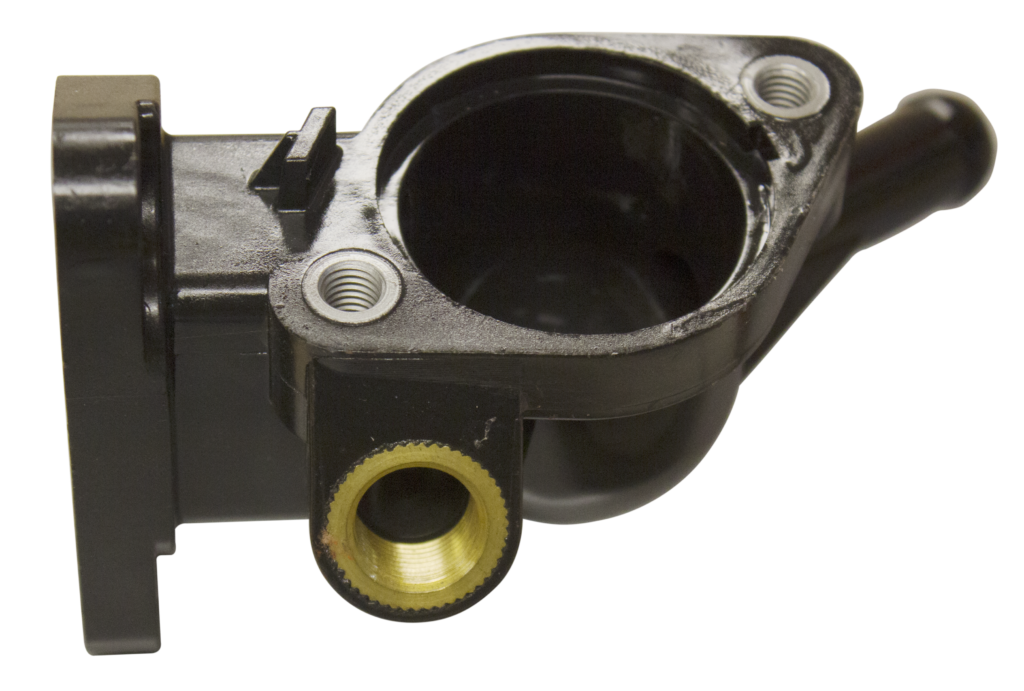Induction Heat Staking

Heat staking is a relatively simple operation used to join metallic and plastic components. The metallic component is heated to a temperature that softens the adjoining plastic. Then, it is pressed into the plastic and allowed to cool so that a mechanical bond is formed. Often, the inserted component is manufactured with small holes or knurling that the heated plastic can extrude into in order to create a stronger bond. This process can be advantageous when one part of a component must have high strength and wear resistance while the rest of the part may be made with a less expensive material. Some examples of this could be threaded inserts, mating surfaces, or high-ware areas.
When utilizing induction heating technology for the heat staking process the metallic component is heated by an induction coil before being inserted into the plastic component. This can provide several advantages over using resistance heating. Induction provides more control over the temperature of the part. It is important to precisely control the temperature of the process because too little heat can mean the bond will not completely form, and too much heat can damage the component.

